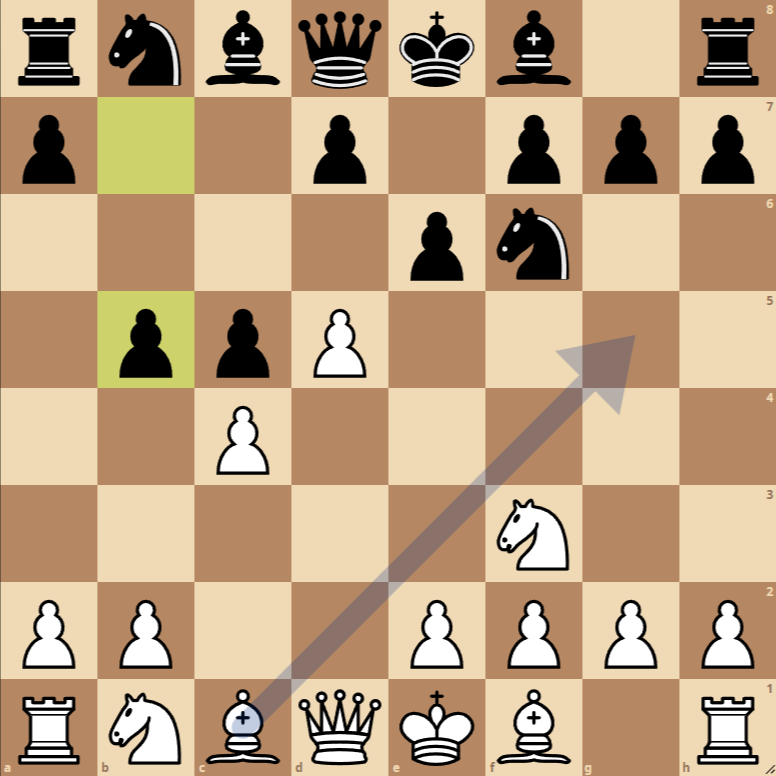How to Play the Blumenfeld Counter-Gambit Opening
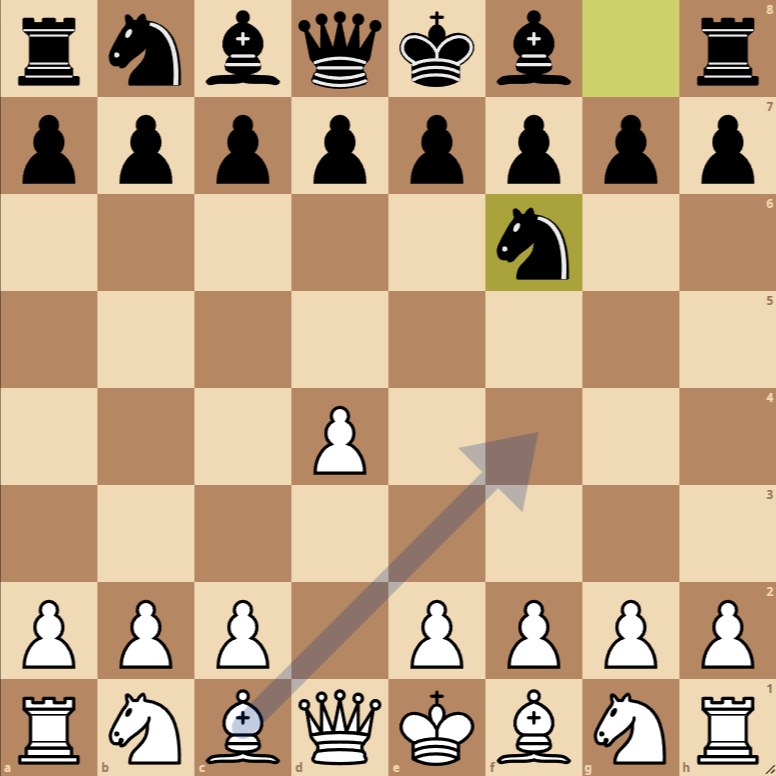
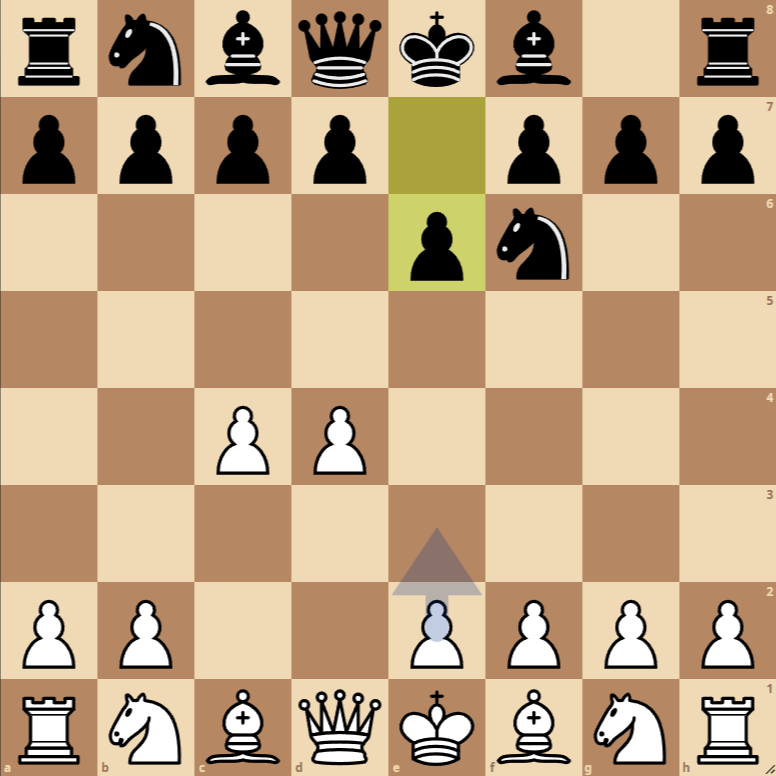
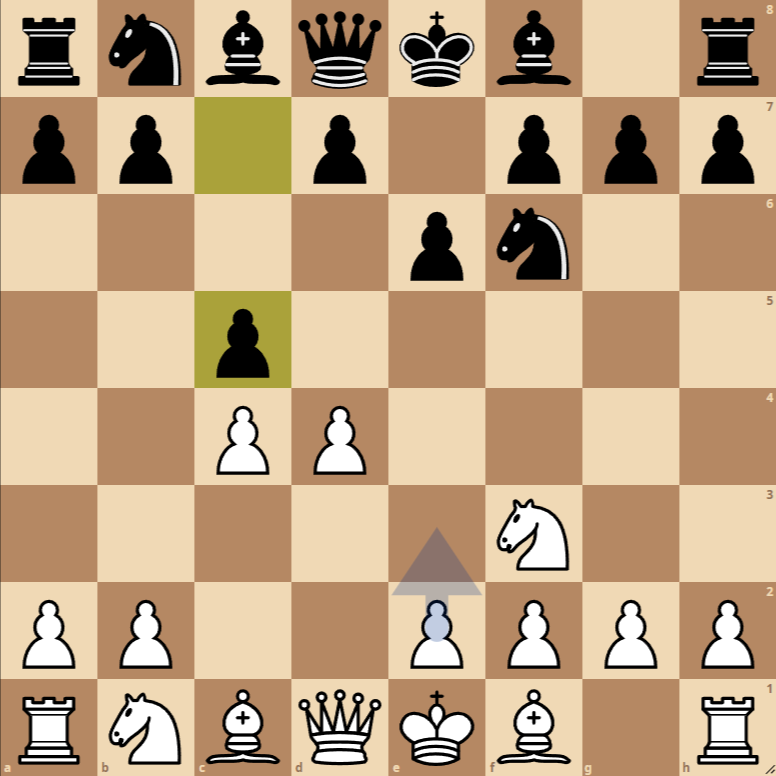
- 1. d4 Nf6: White opens with the queen’s pawn, aiming to control the center and free up the light-squared bishop and queen. Black responds by developing the knight to f6, pressuring the d4 pawn and preparing to contest the center.
- 2. c4 e6: White plays c4, solidifying their central control and paving the way for the development of the light-squared bishop. Black responds with e6, intending to develop the dark-squared bishop and maintain flexibility in the center.
- 3. Nf3 c5: White develops their knight to f3, supporting the d4 pawn and preparing for potential kingside castling. Black counters in the center with c5, challenging White’s pawn structure and aiming to activate their dark-squared bishop.
- 4. d5 b5: White advances their pawn to d5, gaining space in the center and restricting Black’s pieces’ mobility. Black plays b5, offering a pawn to expedite their development and open lines for their pieces, especially the dark-squared bishop and the rook on a8.
Blumenfeld Counter-Gambit Opening Variations
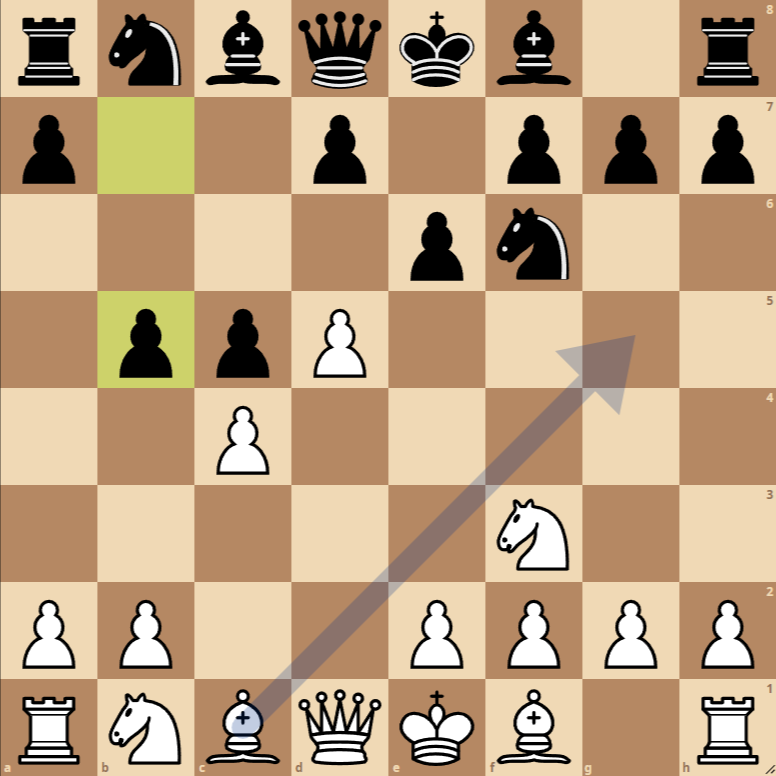
Accepted Variation
In the Accepted Variation, White captures the pawn on b5. This move allows Black to quickly develop their pieces in exchange for the pawn, aiming to activate their play with compensation in development and pawn structure.
Declined Variation
In the Declined Variation, White chooses not to capture the pawn on b5 and instead continues with their development, such as playing Nc3 or g3 to prepare for long castling or fianchettoing the light-squared bishop. This leads to a more closed and strategic game.
Chess Opening: The Blumenfeld Counter-Gambit
The opening sequence of 1. d4 Nf6 2. c4 e6 3. Nf3 c5 4. d5 b5 is known as the Blumenfeld Counter-Gambit. This opening is a bold and dynamic choice by Black, seeking to counter White’s central control and generate active play on the queenside. Below, we will explore the strategic and tactical implications of this opening, as well as possible continuations for both sides.
Strategy and Tactics for White:
dxe6: This move captures the pawn on e6, forcing Black to recapture, likely with the f-pawn. This recapture alters Black’s pawn structure and opens the f-file for the rook, potentially providing a long-term advantage. However, it concedes some central control and allows Black to easily develop their dark-squared bishop.
cxb5: By capturing the pawn on b5, White accepts the gambit, gaining space on the queenside. This move also encourages Black to expand in the center with d5. It is crucial for White to develop their pieces quickly and seek to open lines for their rooks and bishop, taking advantage of the extra space.
Ag5: Developing the bishop to g5 puts pressure on the knight on f6, indirectly targeting the center of the board. This development can pave the way for tactical operations in the future, including potential sacrifices on Black’s kingside or pressure on e6 if Black has recaptured on dxe6.
Strategy and Tactics for Black:
Responding to dxe6: Black can recapture with the f-pawn, maintaining a solid pawn structure in the center and preparing to develop the dark-squared bishop. This recapture also opens the f-file for the rook, which can be useful for future attacks.
Against cxb5: Black can respond to cxb5 with a6, aiming to regain the pawn and expand their queenside advantage. This approach helps maintain pressure in the center and queenside, keeping options open for counterattacks.
Facing Ag5: Black should be vigilant about the pressure on the knight on f6. One response may be h6, asking the bishop to decide its position, or even d6, preparing for e5 and aiming to free the center. It’s important for Black to balance defense and counterattack preparation, seizing the right moment to break in the center or expand on the queenside.
In summary, the Blumenfeld Counter-Gambit presents a dynamic struggle for central and queenside control. White seeks to exploit their spatial advantage and press in the center, while Black counters with active play and the pursuit of tactical opportunities. Both sides must play with precision, balancing development, central control, and tactical activities to gain an advantage in this exciting opening.

